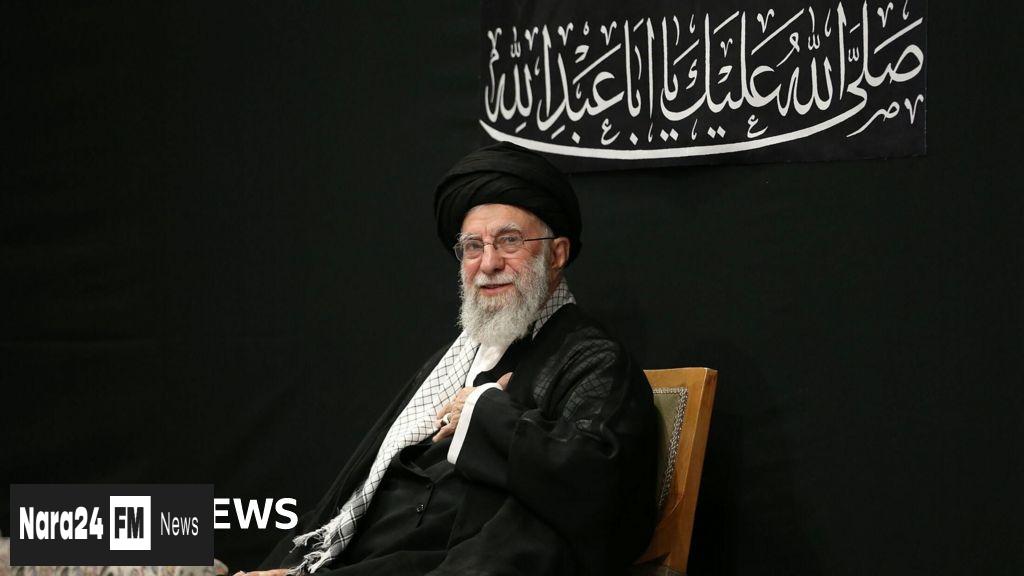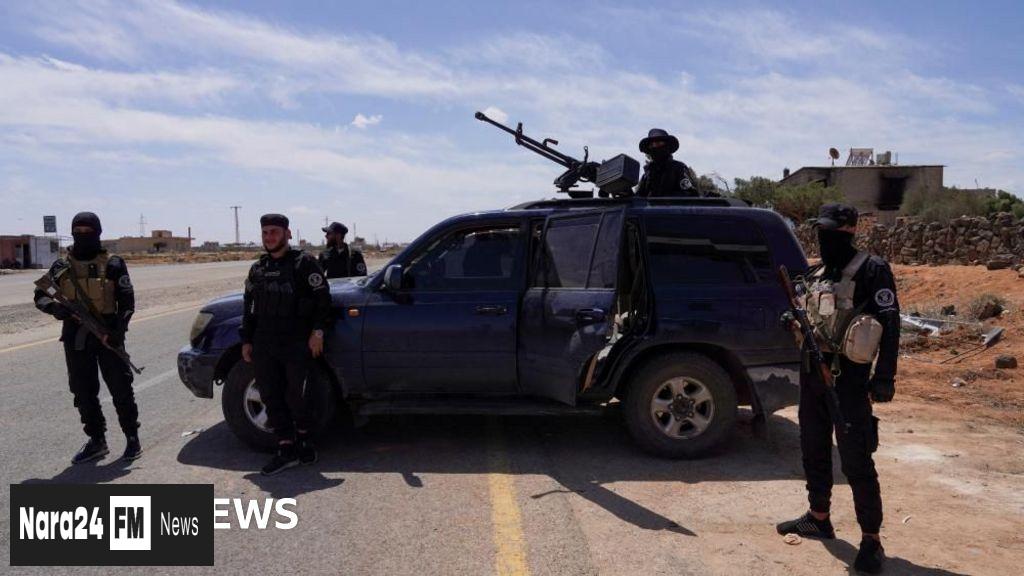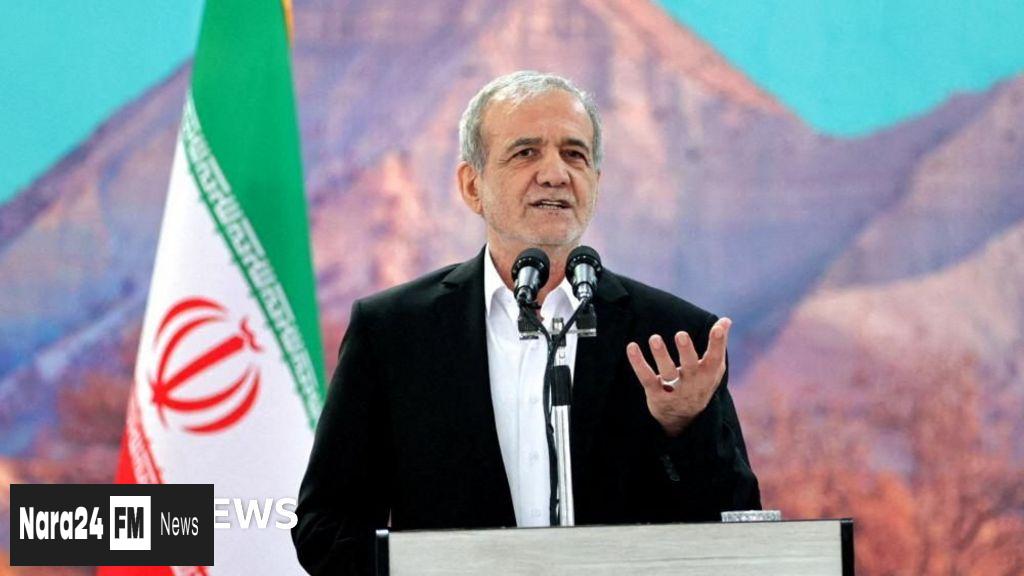In This Article
- Public Appearance at Imam Khomeini Mosque
- Recent Conflict with Israel and Speculation About Khamenei's Whereabouts
- Religious Significance of Ashura Observances
- Khamenei's Resistance Vow and U.S. Involvement
- Aftermath and Future Challenges
Key Takeaways
- Iran's Supreme Leader Ayatollah Ali Khamenei made his first public appearance since the Israel conflict at Tehran's Imam Khomeini Mosque ahead of Ashura.
- Khamenei's appearance dispelled speculation that he had retreated to a bunker during the conflict, where he only appeared in three televised messages.
- The event highlighted Khamenei's role in Iran's religious and political life, coinciding with Muharram and featuring patriotic elements like the anthem 'O Iran.'
- During the conflict, Iran faced airstrikes from Israel and the U.S. targeting nuclear facilities, resulting in over 900 casualties and significant damage.
- Khamenei's public return marks a pivotal moment as Iran deals with the war's aftermath and reaffirms its defiance against Israel and U.S. pressure.
Iran’s Supreme Leader Ayatollah Ali Khamenei has made his first public appearance since the onset of the recent conflict with Israel, as reported by Iranian state media. The event, broadcast on state television, showed Khamenei greeting worshippers at Tehran’s Imam Khomeini Mosque on Saturday, just ahead of the Shia festival of Ashura.
Khamenei’s last public sighting was in a pre-recorded address during the 12-day war with Israel, which began on June 13. The conflict saw Israeli airstrikes target Iranian nuclear and military facilities, prompting retaliatory attacks from Iran. Amid the hostilities, speculation arose that Khamenei had retreated to a bunker, as he appeared only in three televised messages during the war.
Saturday’s appearance was met with widespread coverage in Iranian media, with supporters expressing joy at seeing the Supreme Leader in public. Footage showed Khamenei encouraging senior cleric Mahmoud Karimi to sing the patriotic anthem “O Iran,” which gained popularity during the recent conflict.
The event coincided with the month of Muharram, a period of mourning for Shia Muslims. Ashura, observed on the 10th day of Muharram (July 6 this year), commemorates the death of Prophet Muhammad’s grandson, Hossein. Khamenei traditionally attends such ceremonies, underscoring his role in the nation’s religious and political life.
In a pre-recorded statement aired on June 26, Khamenei vowed that Iran would not yield to Israel, despite pressure from U.S. President Donald Trump. The U.S. had joined the conflict on June 22, launching airstrikes on three Iranian nuclear facilities—Fordo, Natanz, and Isfahan—using 125 military aircraft. Iran’s judiciary reported over 900 casualties during the 12-day war, with CIA assessments indicating significant damage to its nuclear sites.
Khamenei’s return to the public eye signals a pivotal moment as Iran navigates the aftermath of the conflict and prepares for the challenges ahead.








Comments (0)
Leave a Comment
Be the first to comment on this article!